Question
MY BUSINESS IS A STEEL COMPANY I also attached my company description and products and services for your better understanding This section of the assignment
MY BUSINESS IS A STEEL COMPANY
I also attached my company description and products and services for your better understanding
This section of the assignment calls for details to the industry, the competitive landscape, the target market, and how the business will be marketed to consumers. The following documents are to be submitted on the due date:
- SWOT Analysis
- Competitive Analysis Worksheet
- Annual Marketing Budget
- Pricing Strategy Worksheet
Market research:
There are two kinds of research: primary and secondary. Primary market research is information you gather yourself. This could include going online or driving around town to identify competitors; interviewing or surveying people who fit the profile of your target customers; or doing traffic counts at a retail location youre considering.
Secondary market research is information from sources such as trade organizations and journals, magazines and newspapers, Census data and demographic profiles. You can find this information online, using the online library (LIRN), from chambers of commerce, from vendors who sell to your industry or from government agencies.
This section of your plan should explain:
- The total size of your industry
- Trends in the industry is it growing or shrinking?
- The total size of your target market, and what share is realistic for you to obtain
- Trends in the target market is it growing or shrinking? How are customer needs or preferences changing?
1. Barriers to entry
What barriers to entry does your startup face, and how do you plan to overcome them? Barriers to entry might include:
- High startup costs
- High production costs
- High marketing costs
- Brand recognition challenges
- Finding qualified employees
- Need for specialized technology or patents
- Tariffs and quotas
- Unionization in your industry
2. Threats and opportunities
Once your business surmounts the barriers to entry you mentioned, what additional threats might it face? Explain how the following could affect your startup:
- Changes in government regulations
- Changes in technology
- Changes in the economy
- Changes in your industry
Use the SWOT Analysis Worksheet attached to identify your companys weaknesses and potential threats, as well as its strengths and the potential opportunities you plan to exploit.
SWOT Analysis Worksheet SWOT Analysis Worksheet-1.docx
3. Product/service features and benefits
Describe all of your products or services, being sure to focus on the customers point of view. For each product or service:
- Describe the most important features. What is special about it?
- Describe the most important benefits. What does it do for the customer?
In this section, explain any after-sale services you plan to provide, such as:
- Product delivery
- Warranty/guarantee
- Service contracts
- Ongoing support
- Training
- Refund policy
4. Target customer
Describe your target customer. (This is also known as the ideal customer or buyer persona.)
You may have more than one target customer group. For instance, if you sell a product to consumers through distributors, such as retailers, you have at least two kinds of target customers: the distributors (businesses) and the end users (consumers).
Identify your target customer groups, and create a demographic profile for each group that includes:
For consumers:
- Age
- Gender
- Location
- Income
- Occupation
- Education level
For businesses:
- Industry
- Location
- Size
- Stage in business (startup, growing, mature)
- Annual sales
5. Key competitors
One of the biggest mistakes you can make in a business plan is to claim you have no competition. Every business has competitors. Your plan must show that youve identified yours and understand how to differentiate your business. This section should:
List key companies that compete with you (including names and locations), products that compete with yours and/or services that compete with yours. Do they compete across the board, or just for specific products, for certain customers or in certain geographic areas?
Also include indirect competitors. For instance, if youre opening a restaurant that relies on consumers discretionary spending, then bars and nightclubs are indirect competitors.
Use the Competitor Data Collection Plan attached to brainstorm ways you can collect information about competitors in each category.
Competitor Data Collection Plan Competitor Data Collection Plan-2.docx
Use your identification of the major competitors from last week and compare your business to your competitors. There are three attachments this week:
1) Competitive Analysis Worksheet
2) Marketing Expenses Strategy Chart
3) Pricing Worksheet
Competitive Analysis Worksheet (ATTACHED) Competitive Analysis Worksheet.docx
For each factor listed in the first column, assess whether you think its a strength or a weakness (S or W) for your business and for your competitors. Then rank how important each factor is to your target customer on a scale of 1 to 5 (1 = very important; 5 = not very important). Use this information to explain your competitive advantages and disadvantages.
How you will market your product/service
In this section, explain the marketing and advertising tactics you plan to use.
Advertising may include:
- Online
- Radio
- Cable television
- Out-of-home
Which media will you advertise in, why and how often?
Marketing may include:
- Business website
- Social media marketing
- Email marketing
- Mobile marketing
- Search engine optimization
- Content marketing
- Print marketing materials (brochures, flyers, business cards)
- Public relations
- Trade shows
- Networking
- Word-of-mouth
- Referrals
What image do you want to project for your business brand?
What design elements will you use to market your business? (This includes your logo, signage and interior design.) Explain how theyll support your brand.
Promotional budget
How much do you plan to spend on the marketing and advertising outreach above. Research to determine the costs for advertising using certain outlets or media.
- Before startup (These numbers will go into your startup budget)
- On an ongoing basis (These numbers will go into your operating plan budget)
Use the Marketing Expenses Strategy Chartattached to help figure out the cost of reaching different target markets. Marketing Expenses Strategy Chart-1.docx
Using the information youve gathered, create your annual marketing budget. Annual_Marketing_Budget_Template-1.xlsx
Pricing
You explained pricing briefly in the Products & Services section; now its time to go into more detail. How do you plan to set prices? Keep in mind that few small businesses can compete on price without hurting their profit margins. Instead of offering the lowest price, its better to go with an average price and compete on quality and service.
- Does your pricing strategy reflect your positioning?
- Compare your prices with your competitors. Are they higher, lower or the same? Why?
- How important is price to your customers? It may not be a deciding factor.
- What will your customer service and credit policies be?
Use the Pricing Strategy Worksheet attached to help with your pricing. Pricing Strategy WKSHEET.docx
Location or proposed location
If you have a location picked out, explain why you believe this is a good location for your startup.
If you havent chosen a location yet, explain what youll be looking for in a location and why, including:
- Convenient location for customers
- Adequate parking for employees and customers
- Proximity to public transportation or major roads
- Type of space (industrial, retail, etc.)
- Types of businesses nearby
Focus on the location of your building, not the physical building itself. Youll discuss that later, in the Operations section.
MY BUSINESS IS A STEEL COMPANY
I also attached my company description and products and services for your better understanding
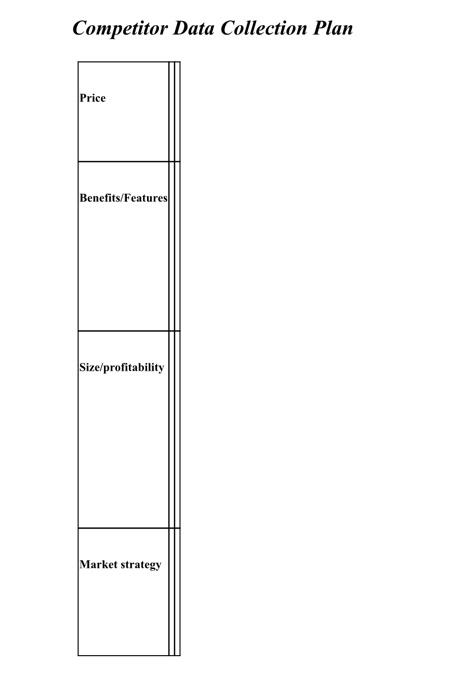
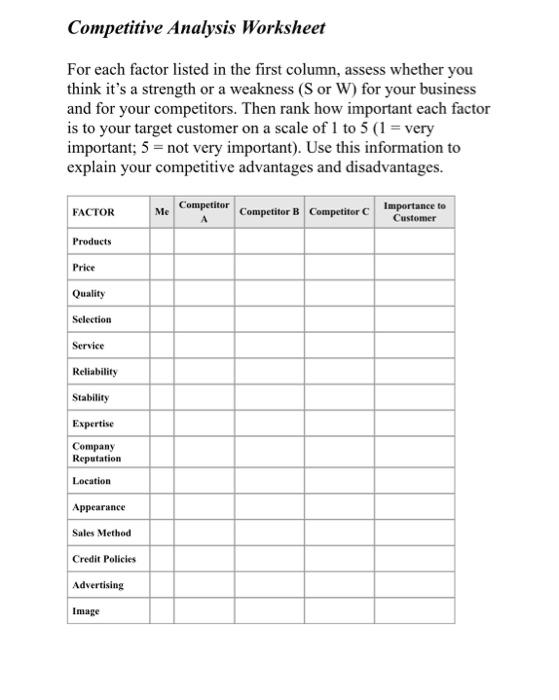
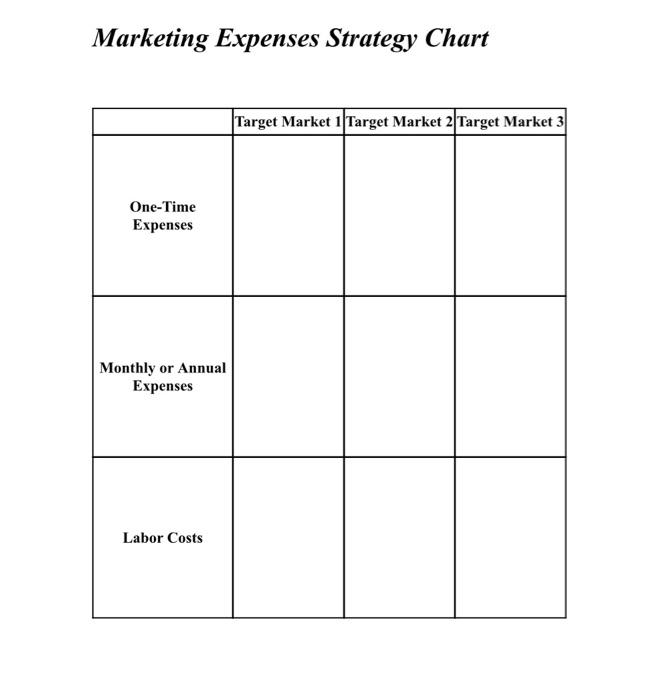
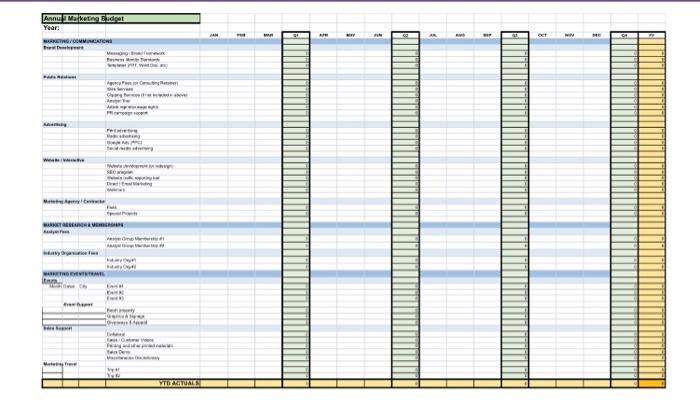

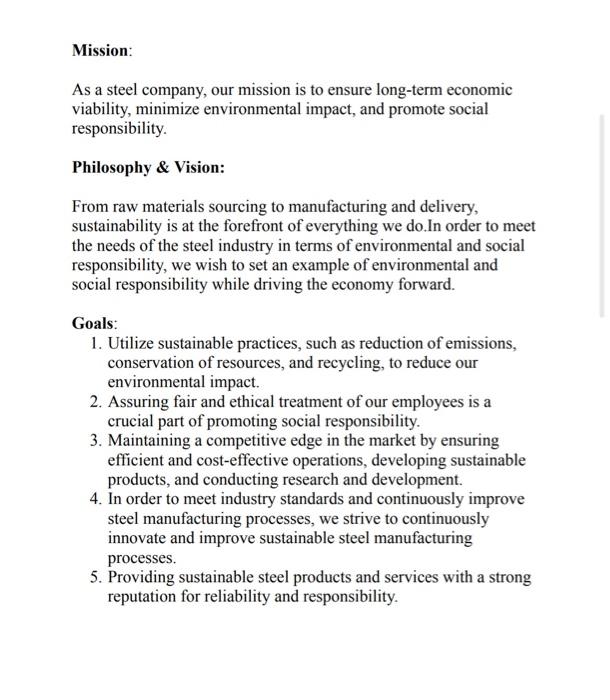
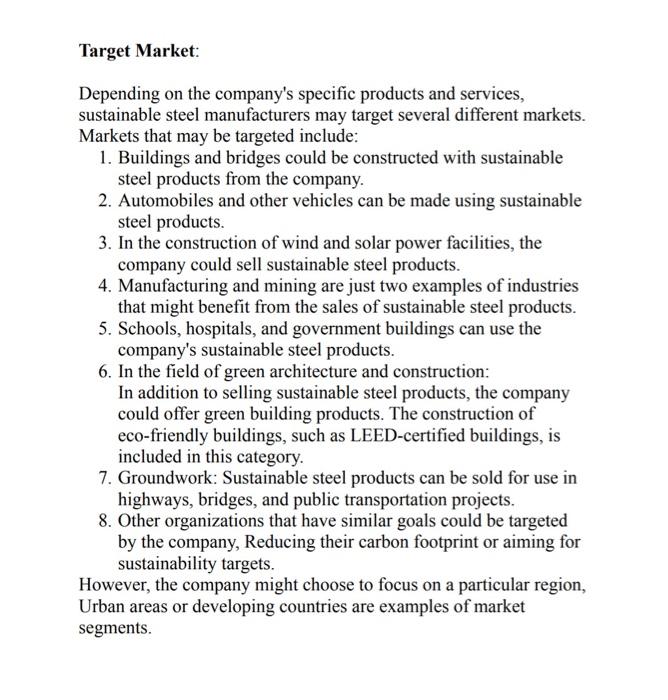
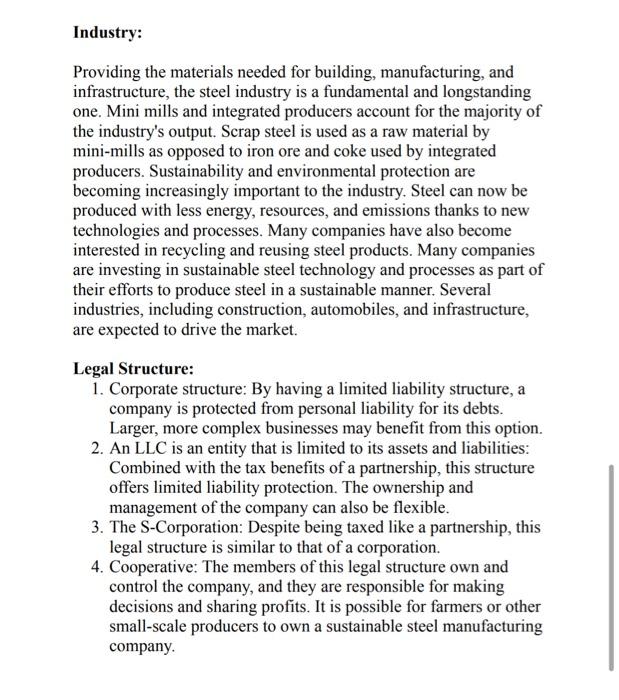

Step by Step Solution
There are 3 Steps involved in it
Step: 1

Get Instant Access to Expert-Tailored Solutions
See step-by-step solutions with expert insights and AI powered tools for academic success
Step: 2

Step: 3

Ace Your Homework with AI
Get the answers you need in no time with our AI-driven, step-by-step assistance
Get Started


